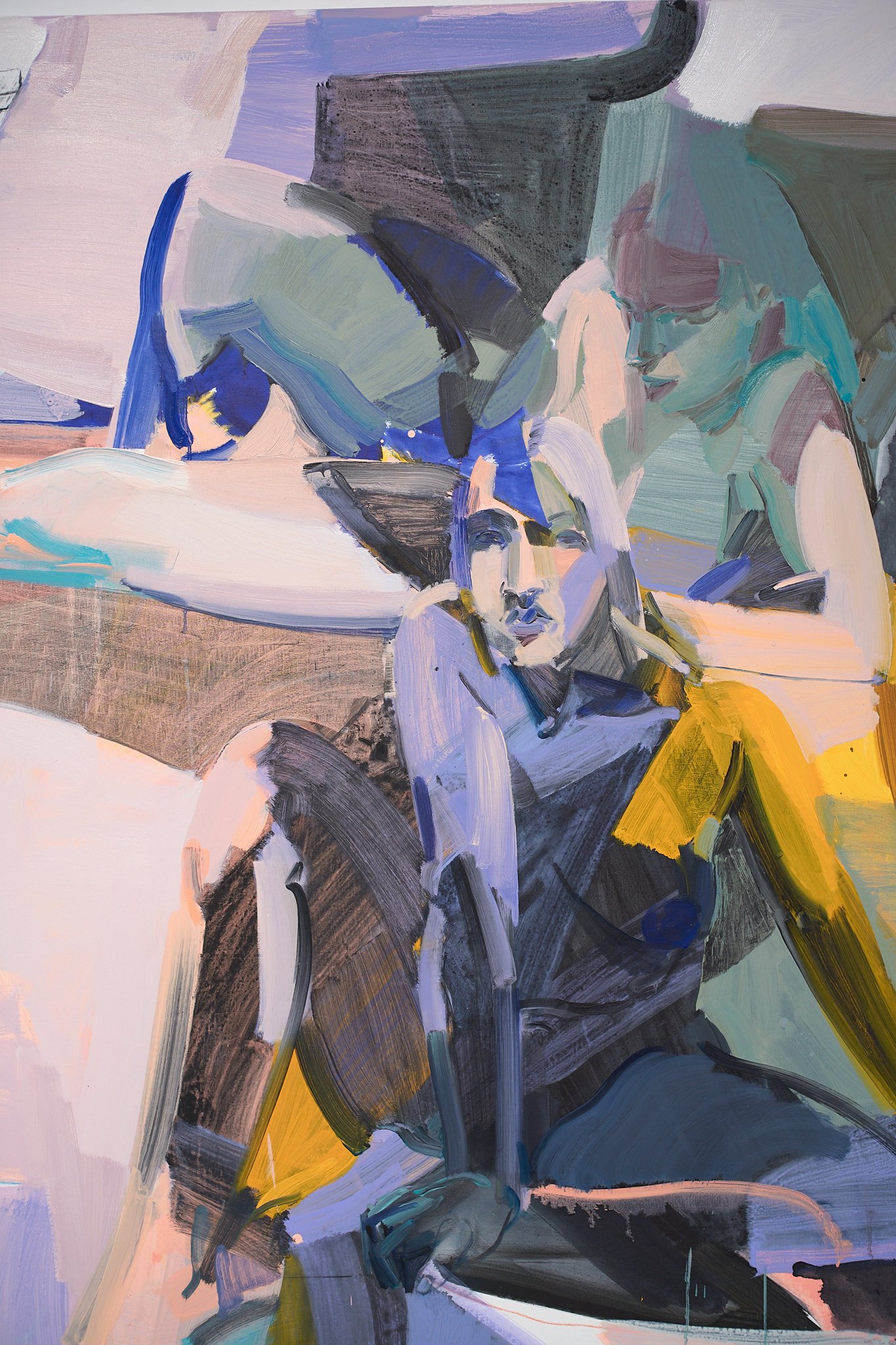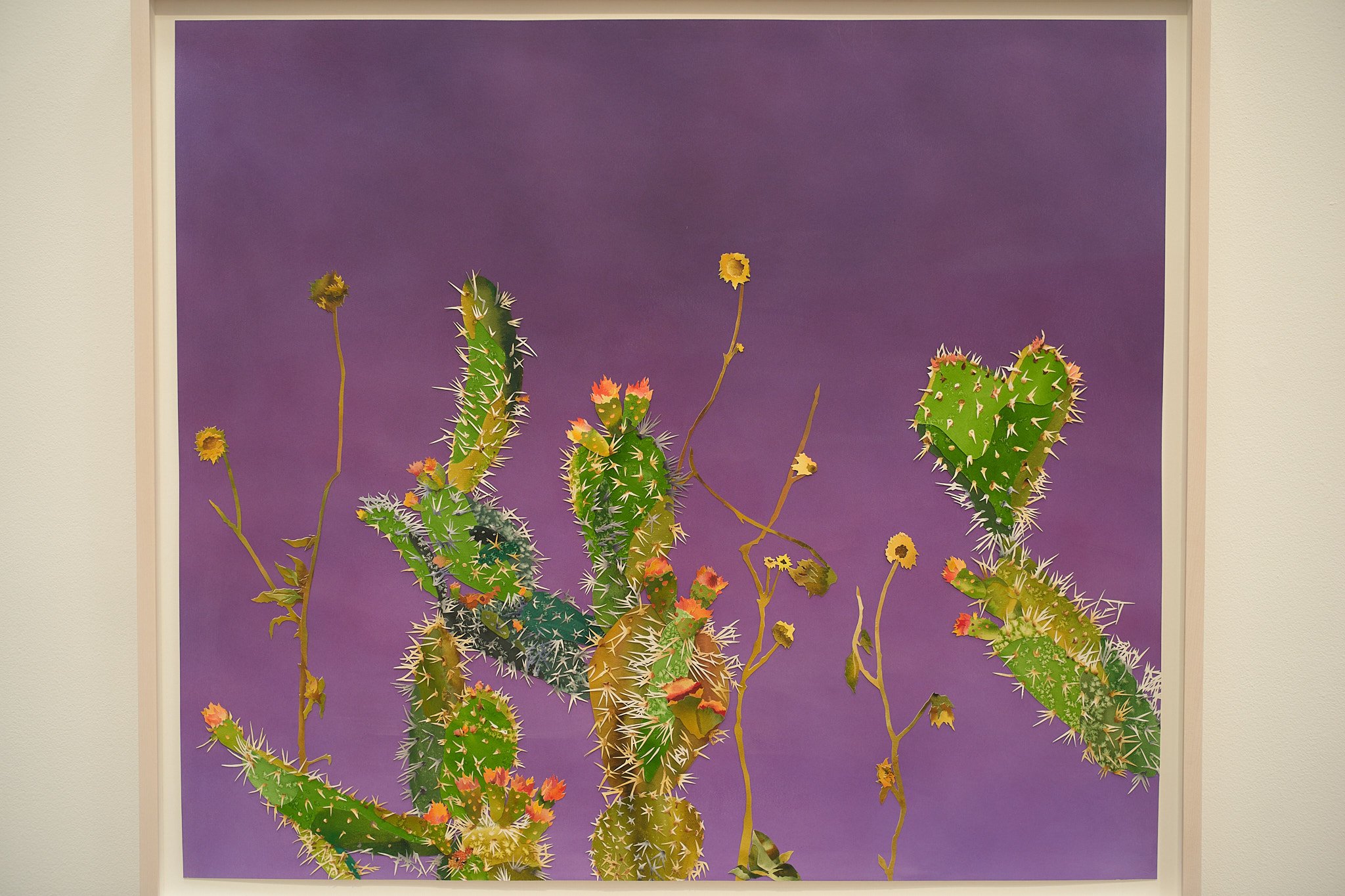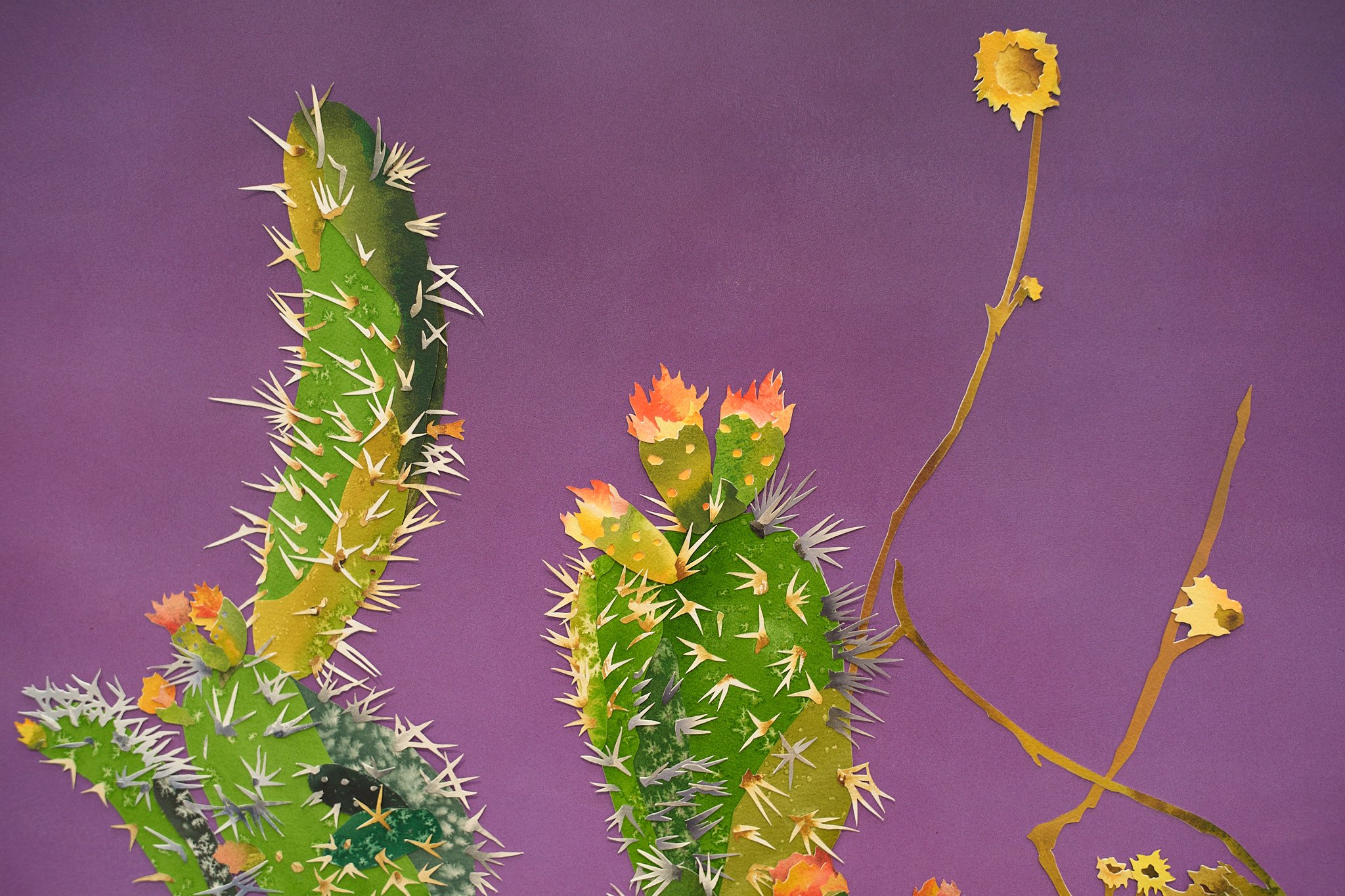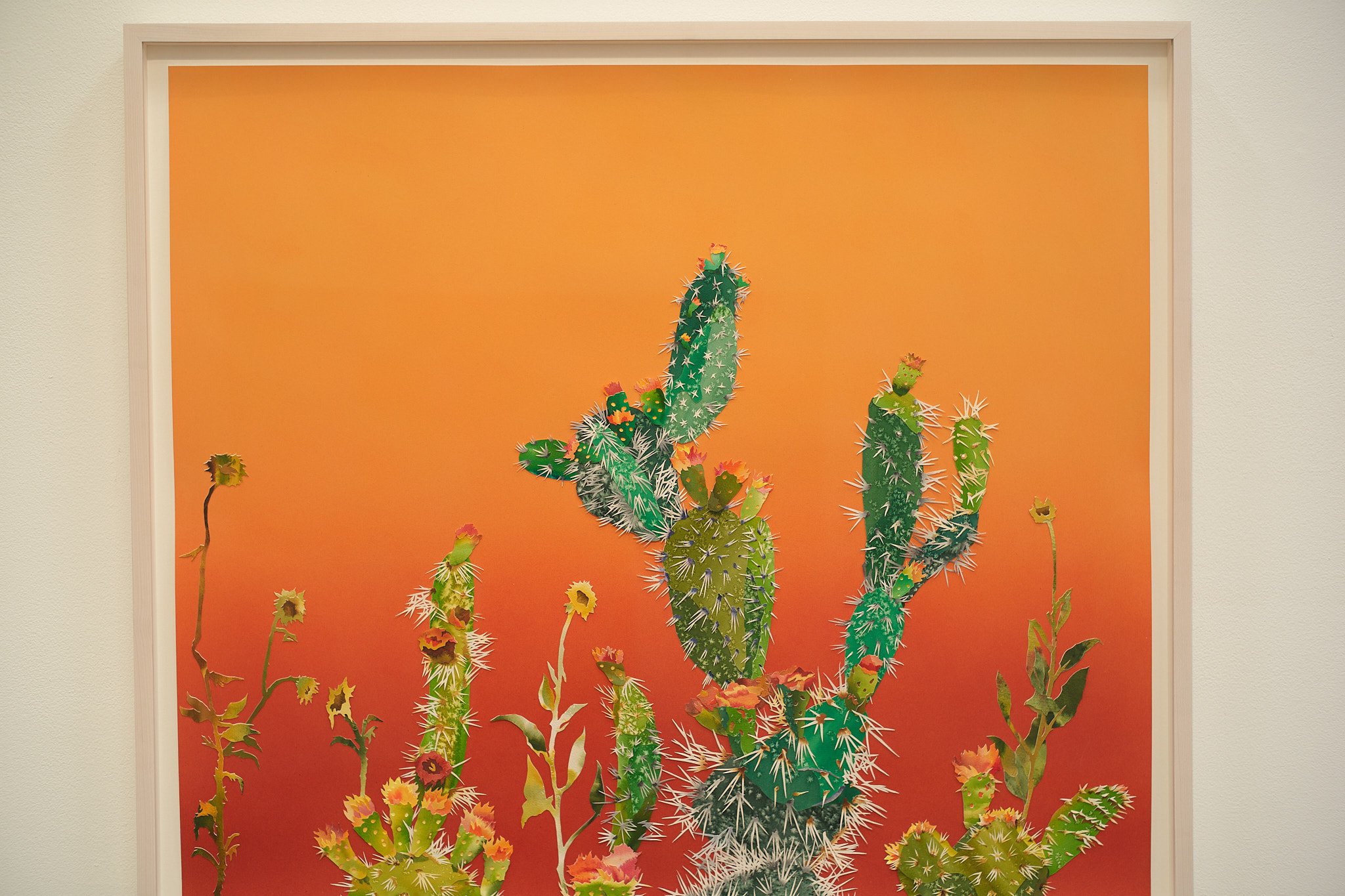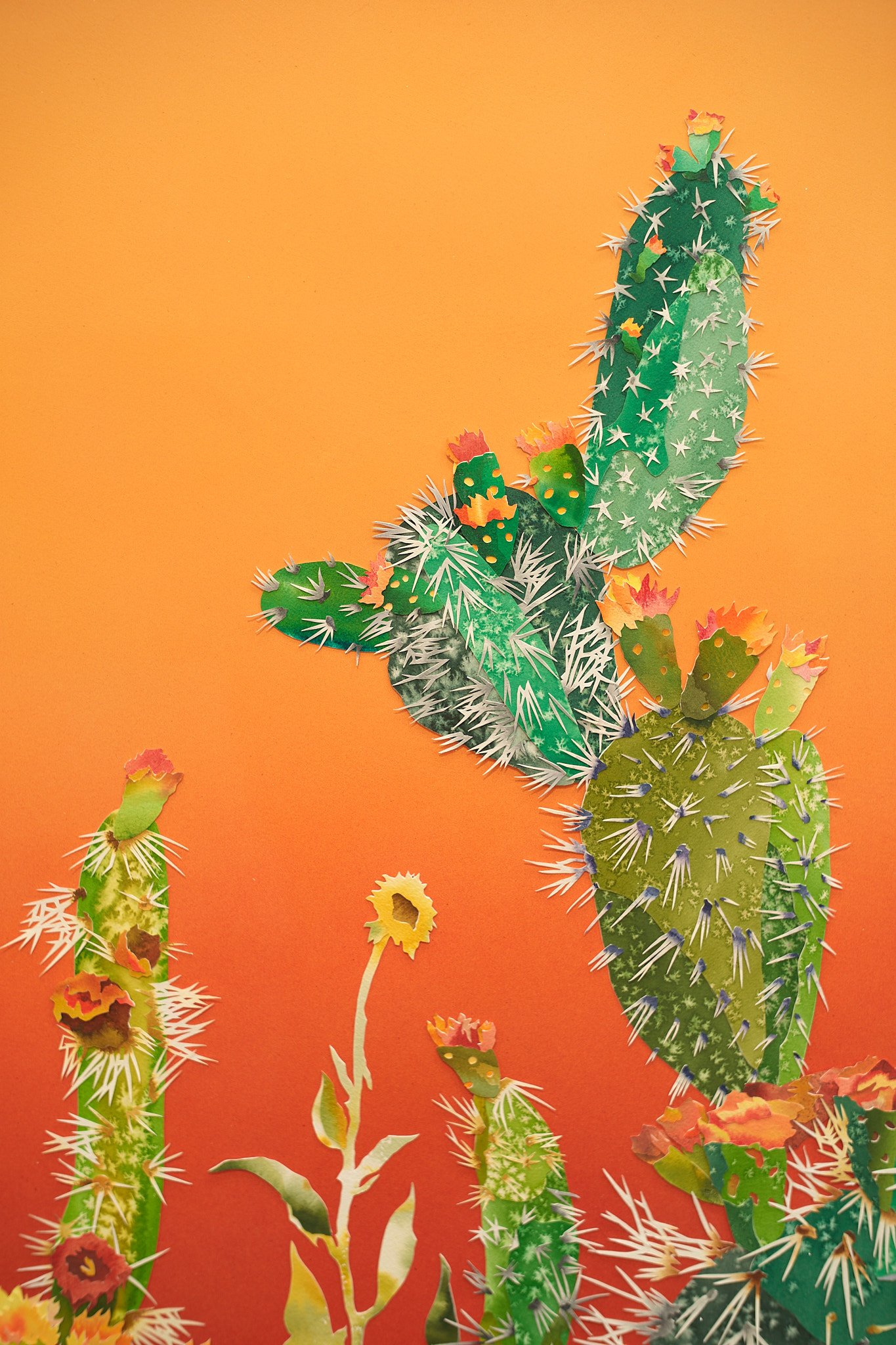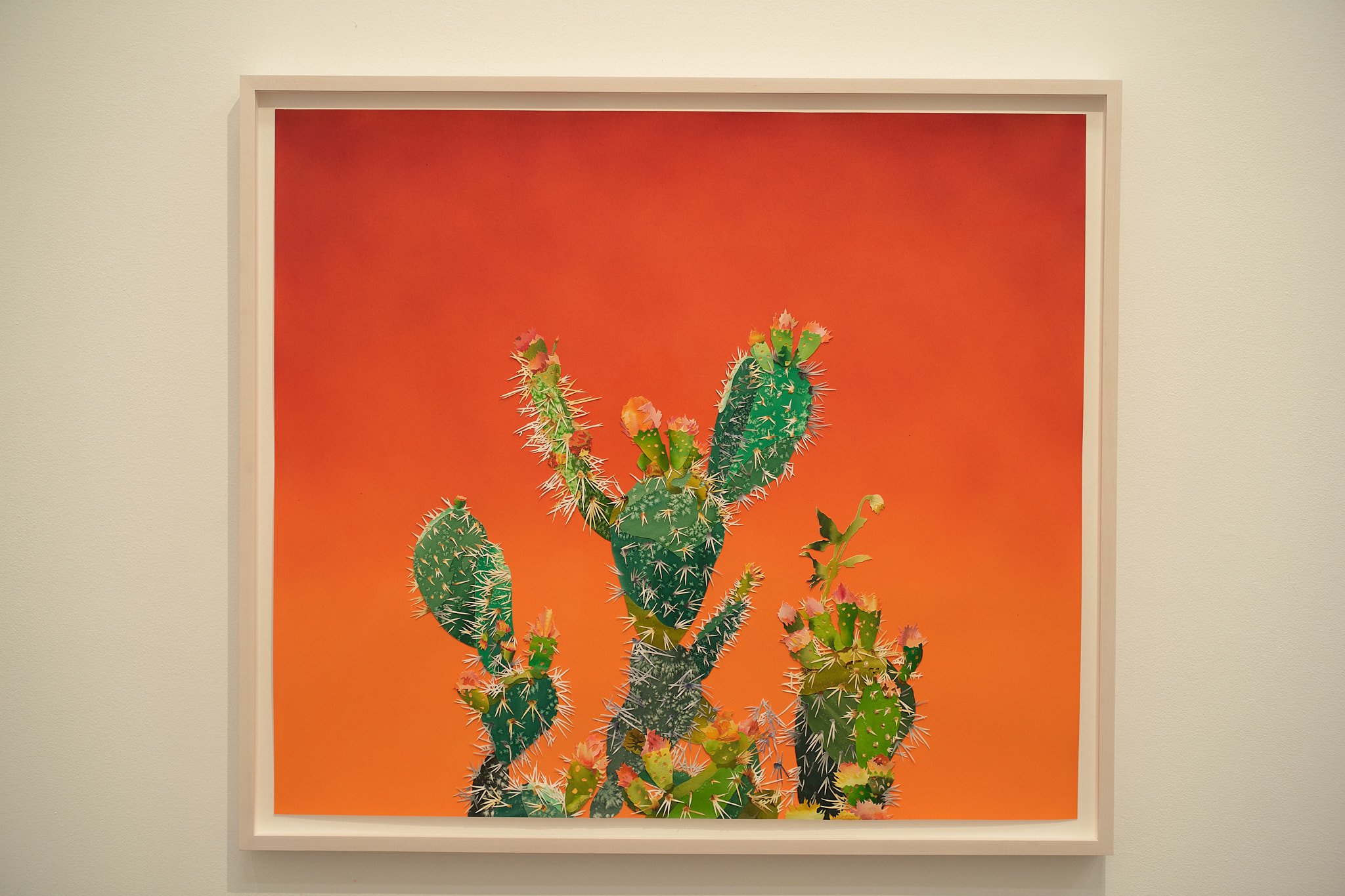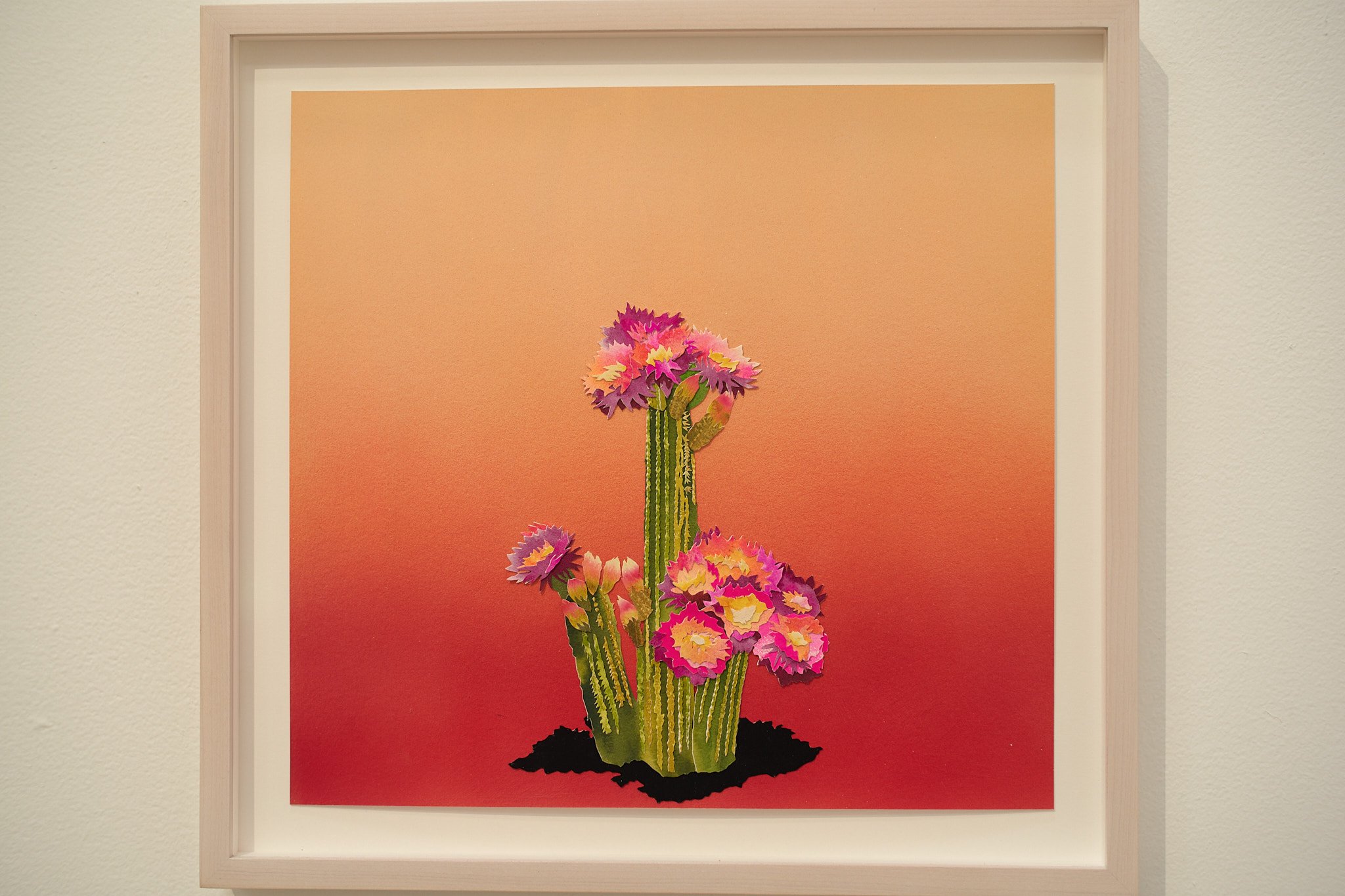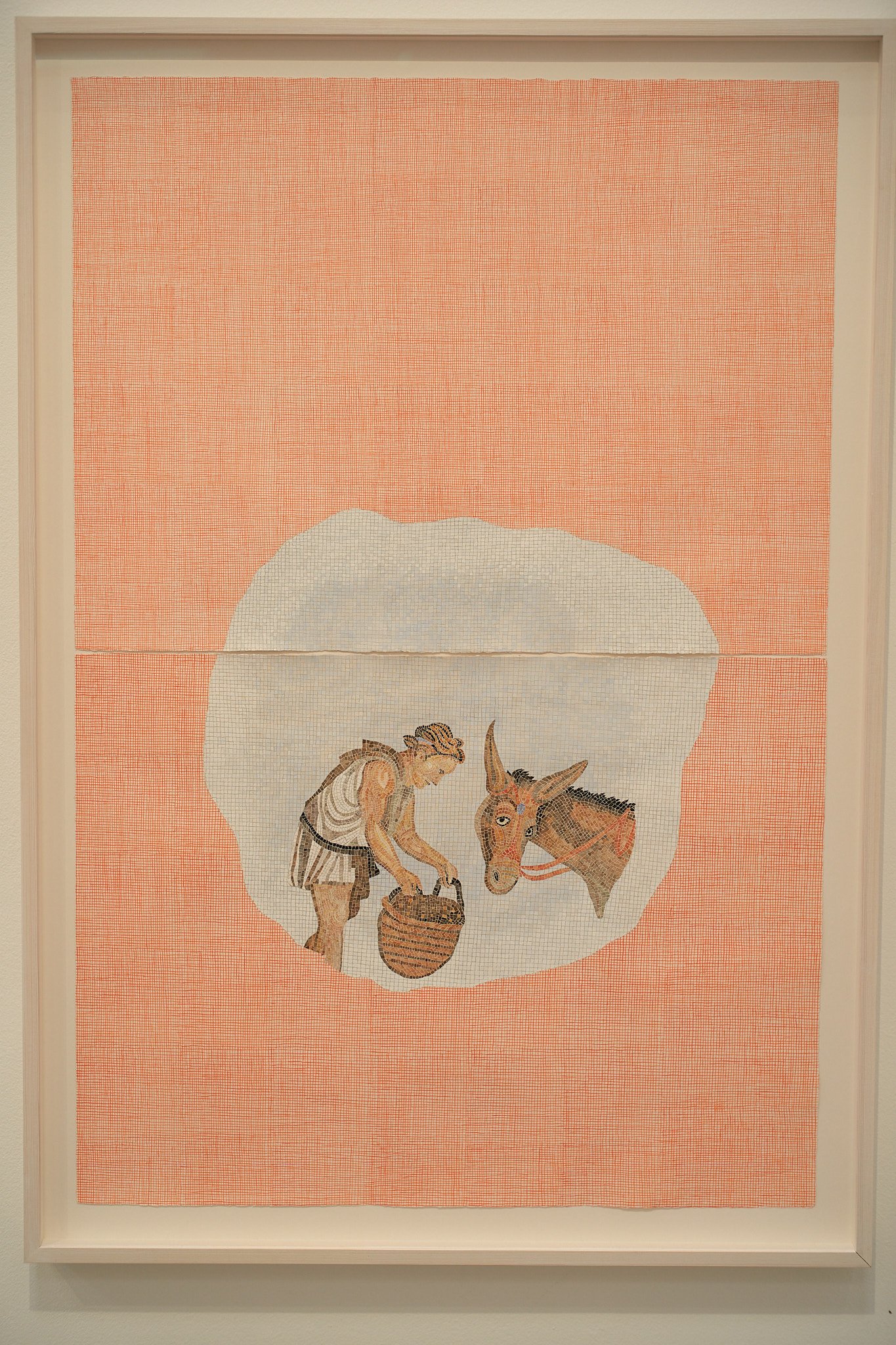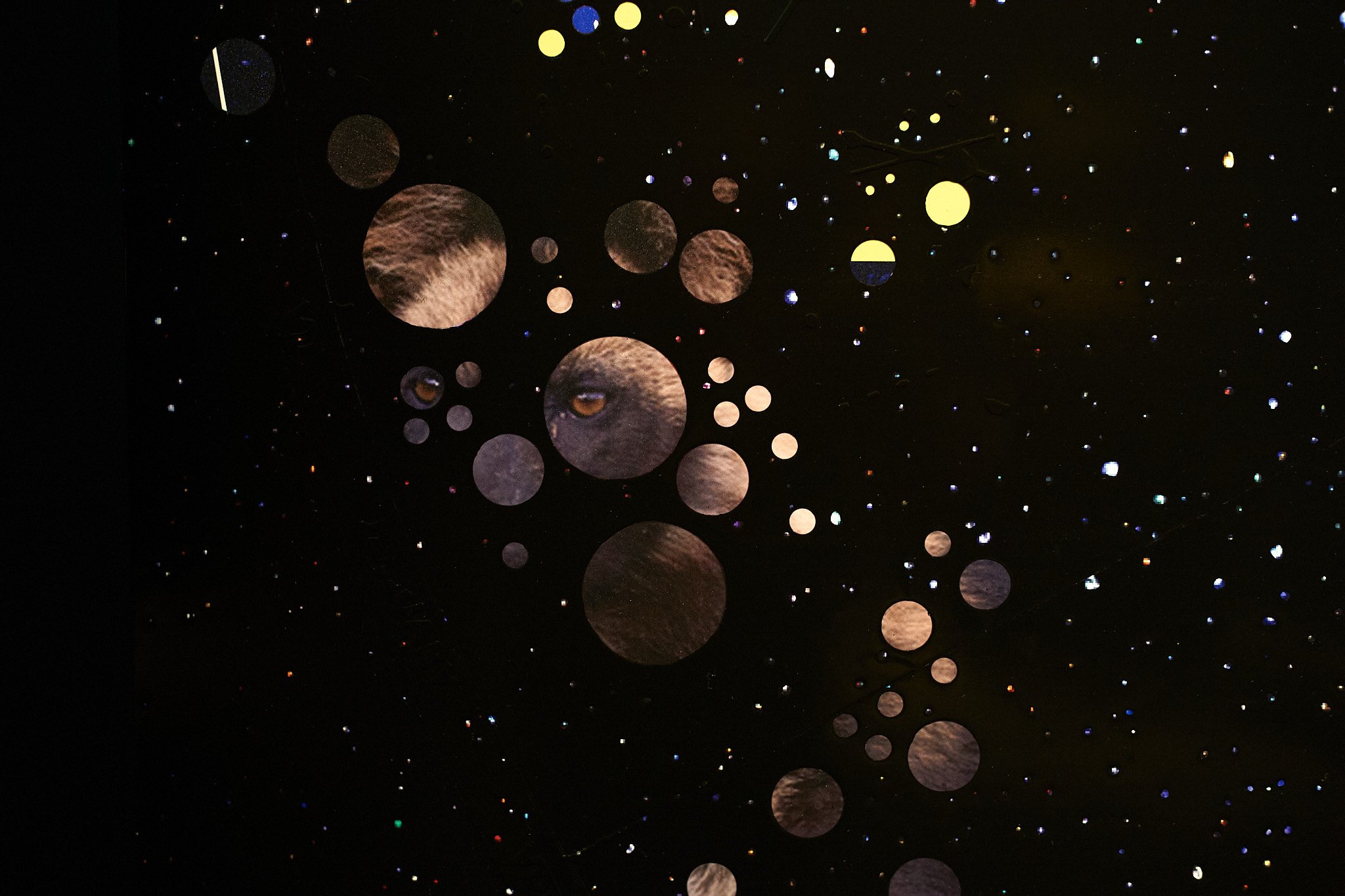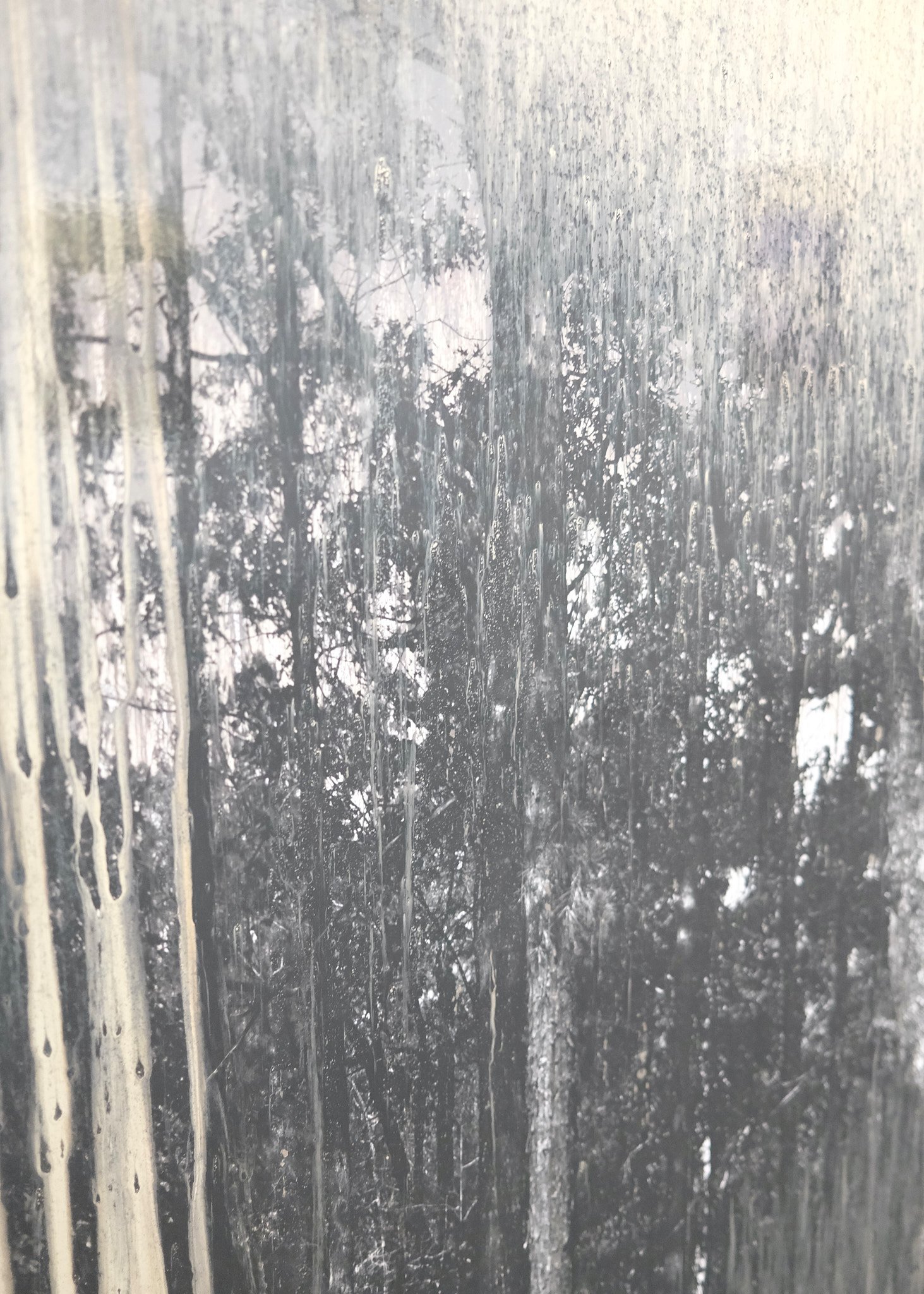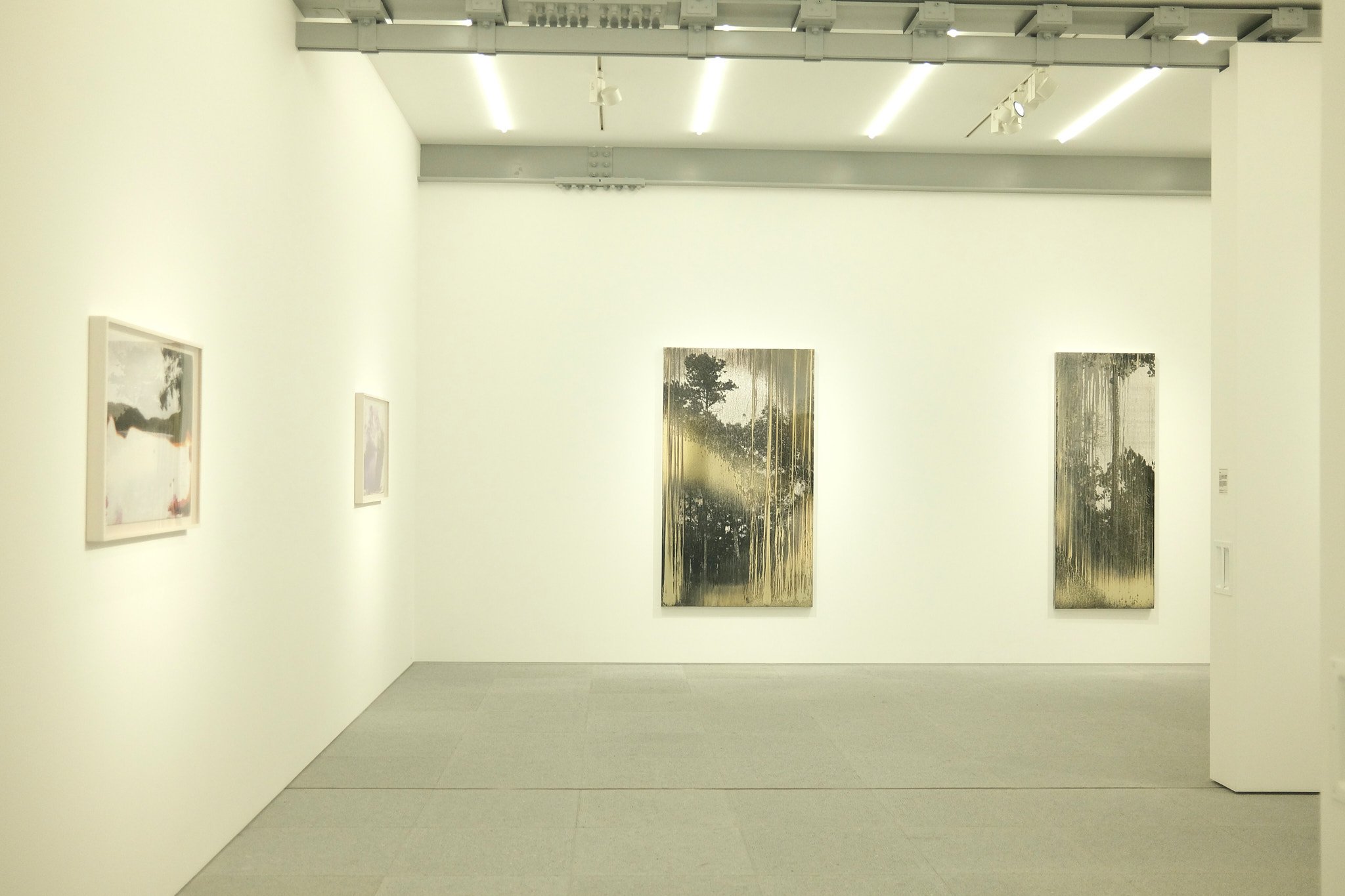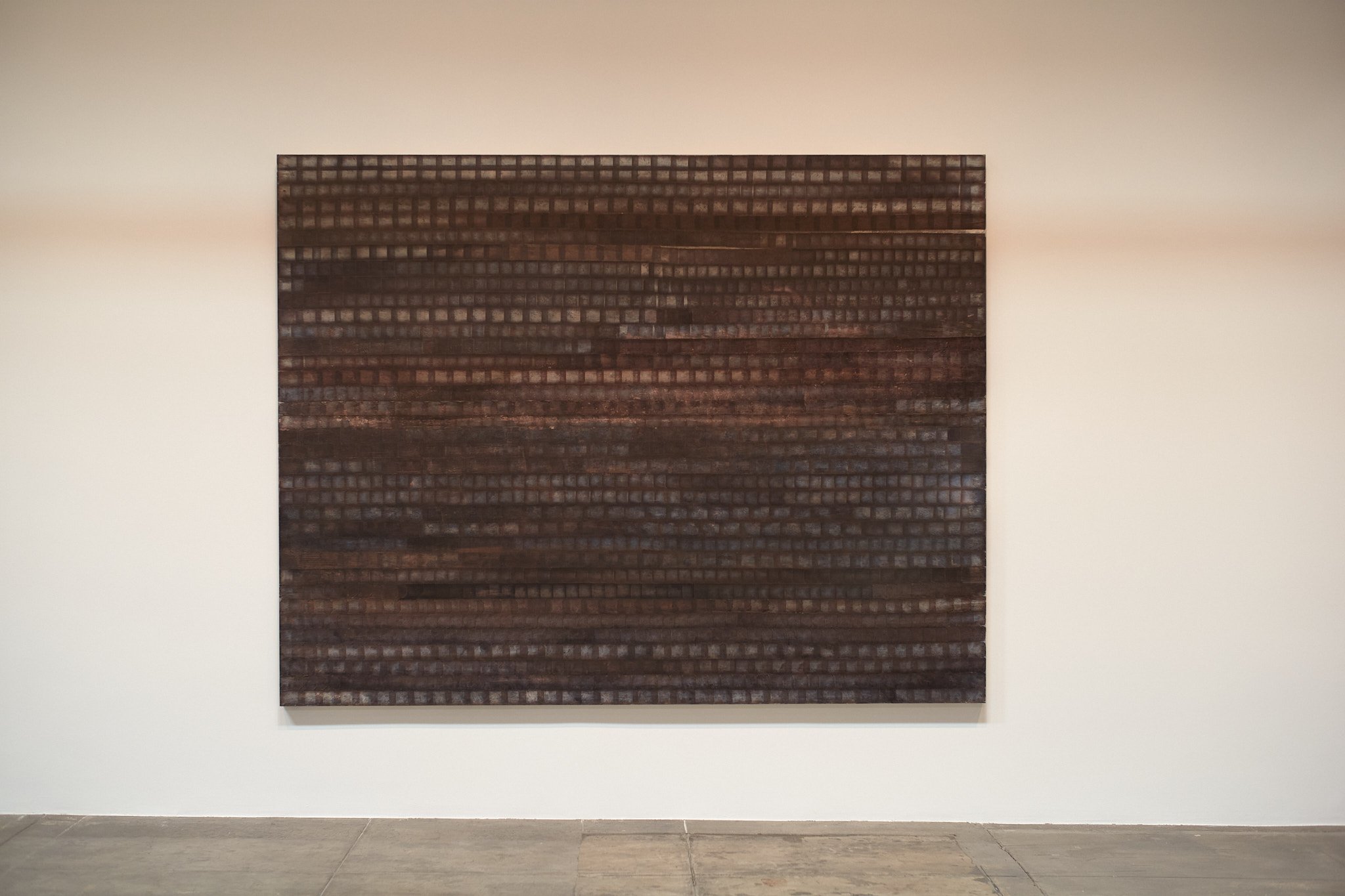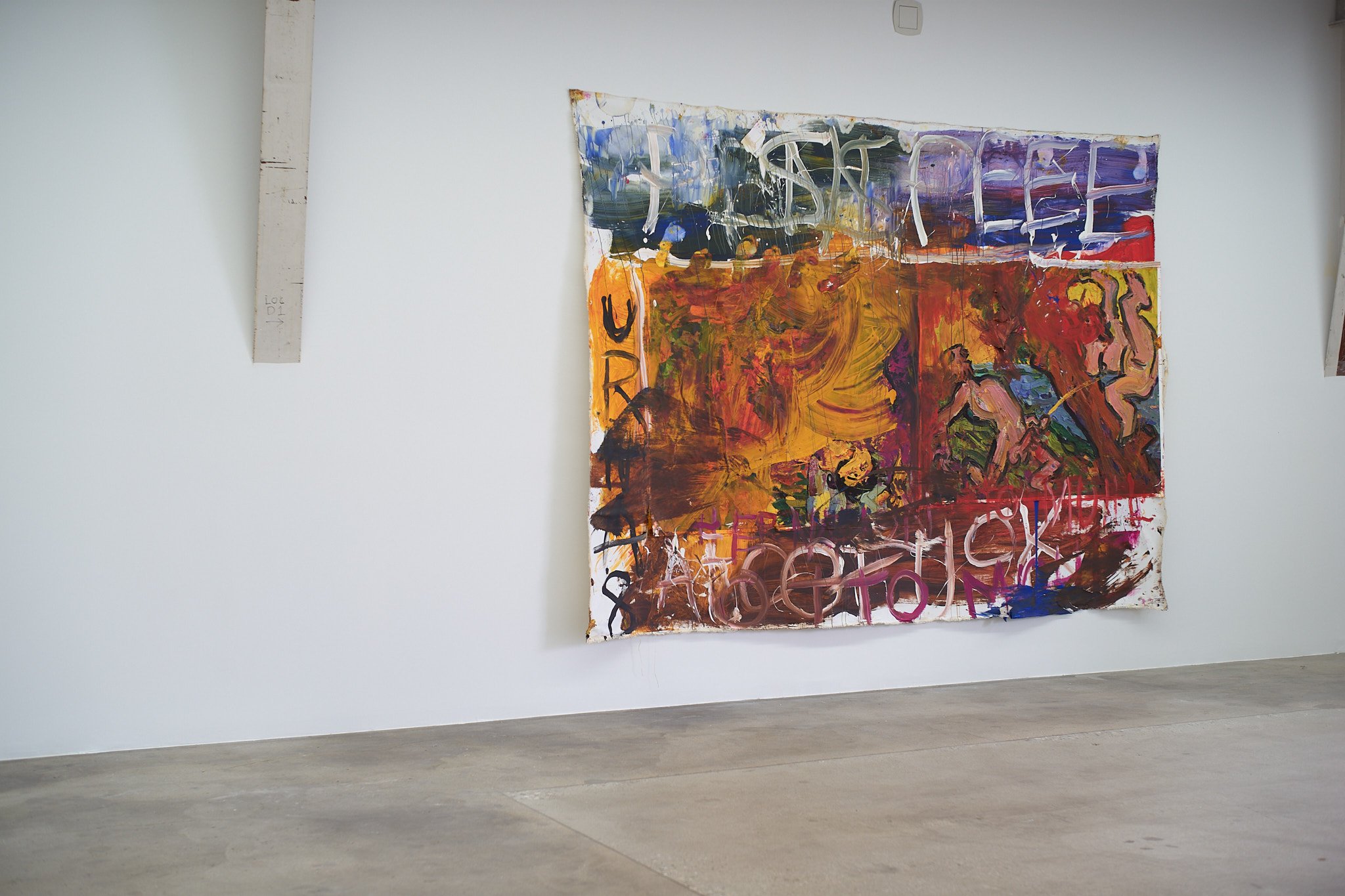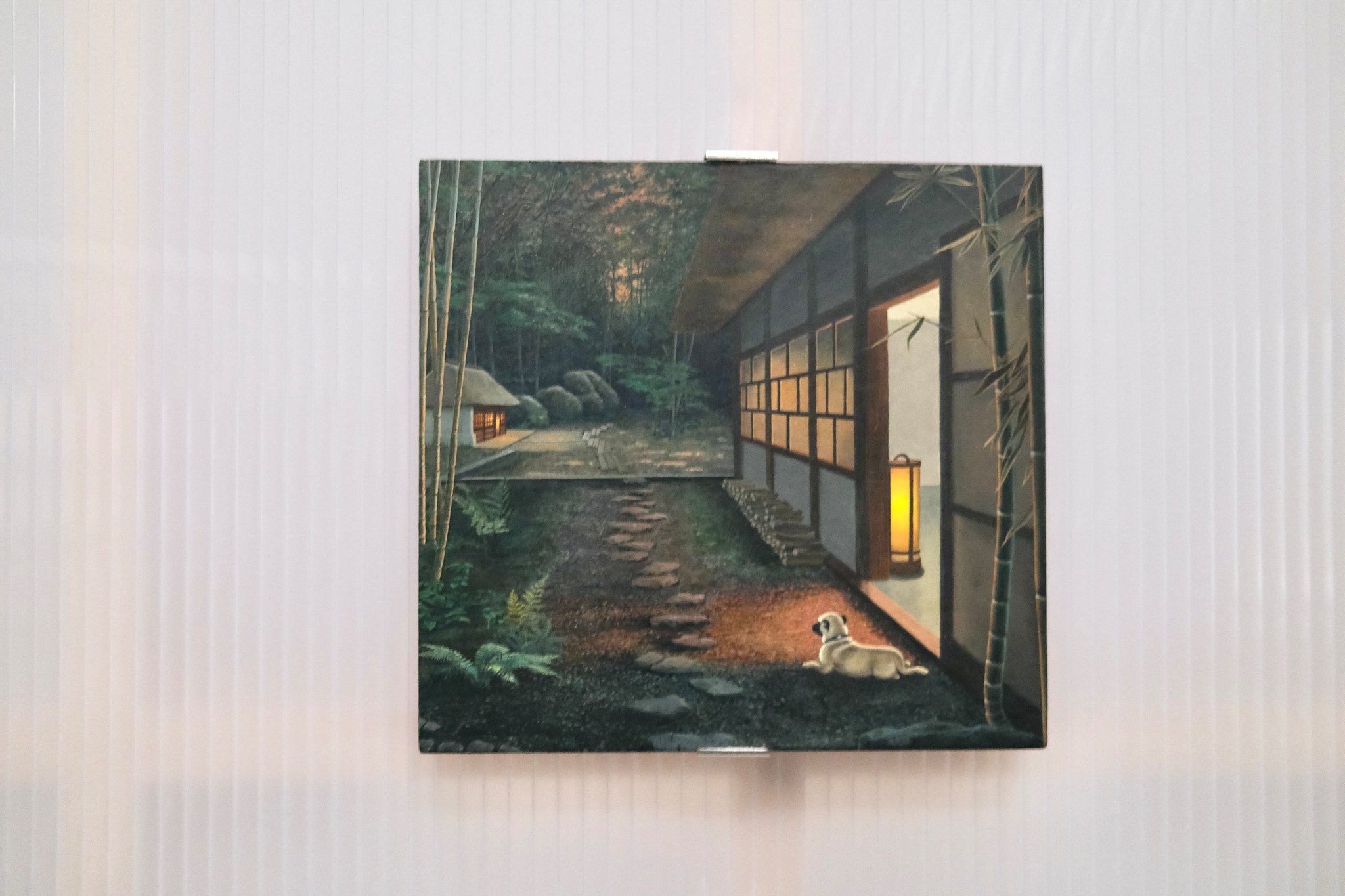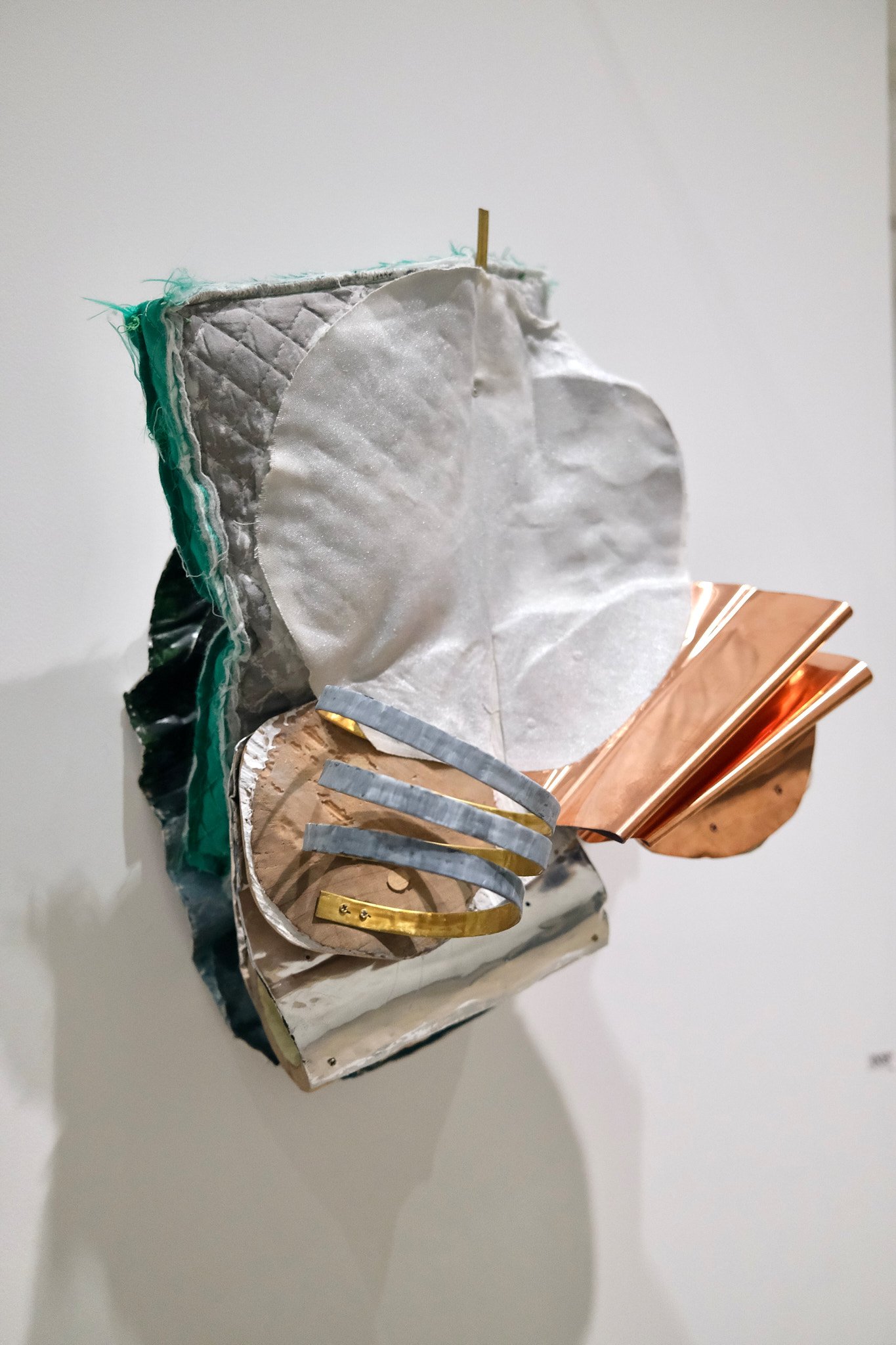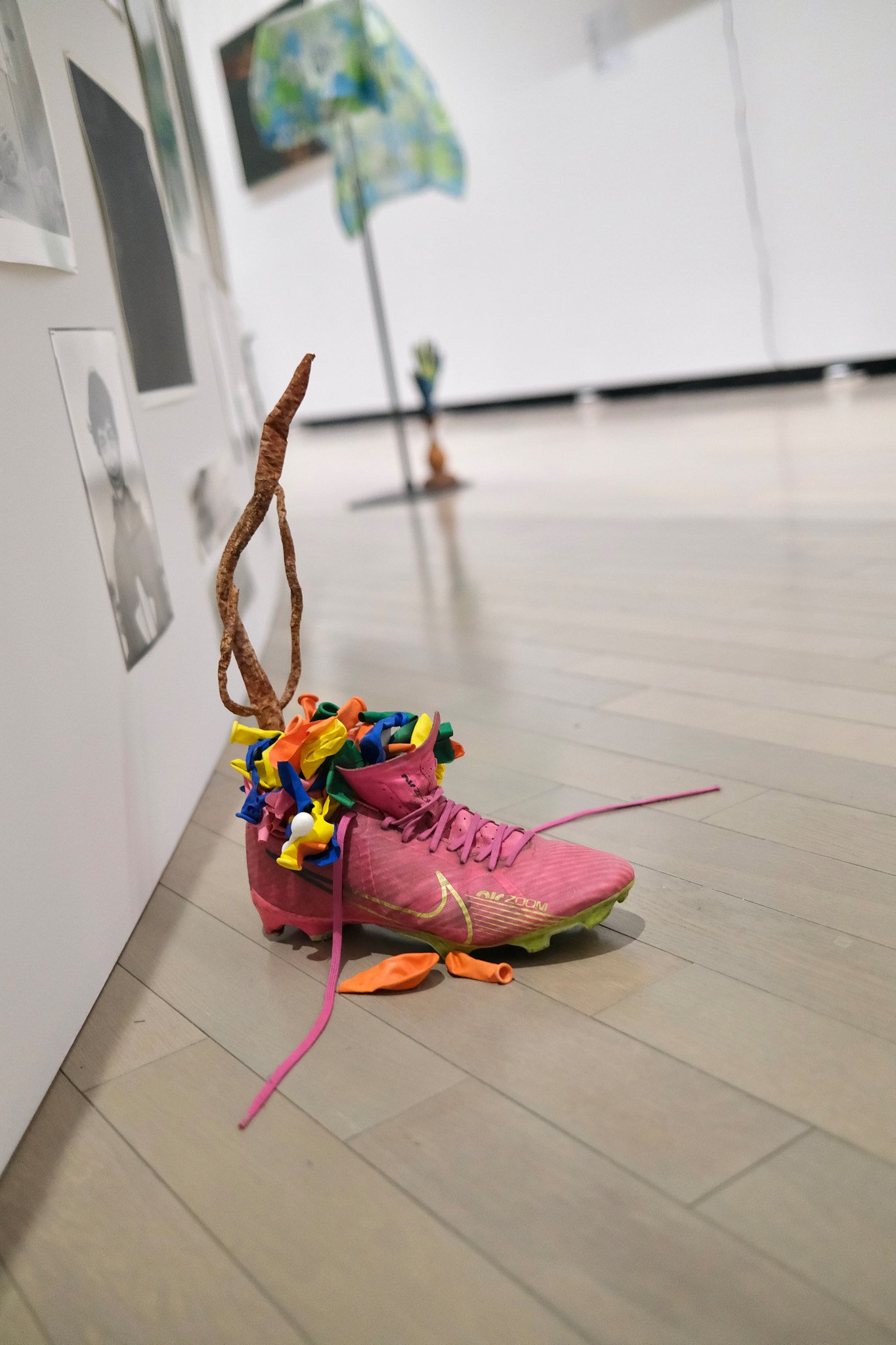SARAH AWAD To Hold a Thing
DEREK BOSHIER Strange Lands
Akademie-X, Christopher Williams
Lesson 35 - No Plexiglas, No Electricity, No Humour; or Love is Colder Than Death
So many young artists I meet don't seem to have understood that they're going to spend their whole lives as artists. They're in a hurry because they feel that if they're not a success right out of the gate they're going to be a lifelong failure. I encourage you to think in a much longer arc, to take it easy and do it for the long haul - not to have a preconceived idea of what success is in relation to a durational framework. Some artists are successful early on, others later. Sometimes students also have misconceptions about what success is, mistaking the social aspects associated with success for actually making a successful artwork. To have a gallery, to have a big studio and to make money isn't necessarily to make good art. Don't confuse those two things.
I encourage you to think more historically and consider what your contribution to art could be, not about what your art practice can bring you in terms of material things.
I don't like to stand behind the camera or in front of the camera; I like to stand beside the camera. I figured out pretty early on - or I came up with the idea - that the camera is actually not the only agent involved in the production of meaning. There are also chemical designers, optical designers and industrial designers. There are economic and social issues. So I try to move around the photographic programme and occupy different positions at different times. Even though I didn't' get assignments in art school, I do treat myself like a commercial photographer: I give myself assignments. I become a product photographer, or I become a photojournalist, and I pick a subject as though it were a journalistic assignment.
FRANCESCA GABBIANI
Paolo Colombo
Tavares Strachan, Magnificent Darkness
Camille Claudel, Getty Center
Matthew Brandt - Little Puddles
Mariko Oya “La lumière” exhibition
Venue: agnès b. gallery boutique 5-7-25 Minami-Aoyama, Minato-ku, Tokyo
La Fleur Minami Aoyama 2F
Date: March 9, 2024 (Sat) - April 7, 2024 (Sun)
Akademie-X, John Stezaker
[[akademie-X]], John Stezaker
Lesson 30: Art Education - A Contradiction in Terms, page 283
After years of involvement in art education, both as a student and as a teacher, I have arrived at the conviction that art education is a contradiction in terms. Picasso understood this when he said that he did not search but that he found. Art is finding and that is incalculable and unpredictable. There can be no preparation for it. No research is possible for it.
Education is ostensibly dedicated to knowledge. The best art comes out of not knowing - out of ignorance. Education professes to render the world either transparent or legible. Art seems always to be a confrontation with the opposite: the unknowable, the illegible.
.....I believe in the importance of seclusion and indolence in the creation of art. Art needs to find a space to hide. It thrives in dusty neglected atrophied spaces. In a sense, one could say it needs educational dysfunction: it needs neglect. How often have important developments in art come out of groups of students taking control of their own aesthetic agenda in the absence of a strong educational programme? Modern education, in attempting conscientiously to create a miniature version of the exhibiting world awaiting its prospective artists, inadvertently betrays the possibility of art, which as Maurice Blanchot insists, comes out of an 'exile from life'.
More practically, I would suggest following the example of Henry David Thoreau's economics of aesthetic reflection: find an undemanding job, occupying the minimum time commitment to support the maximum proportion of time dedicated to aesthetic indolence. Times have changed the balance of that economy since Thoreau's day. He only had to work one day a week for the farmer whose land he lived on in order to subsist in his exile from life. We live in a culture hostile to nonproductive activity, but it's precisely because of this that the resistance of aesthetic indolence is so vital.
DIALOGUES WITH MARCEL DUCHAMP by Pierre Cabanne
DIALOGUES WITH MARCEL DUCHAMP by Pierre Cabanne
Chapter 4. I Like Breathing Better than Working
Page 69
CABANNE: You have also said that the artist is unaware of the real significance of his work and that the spectator should always participate in supplementing the creation by interpreting it.
DUCHAMP: Exactly. Because I consider, in effect, that if someone, any genius, were living in the heart of Africa and doing extraorinary paintings every day, without anyone's seeing them, he wouldn't exist. To put it another way, the artist exists only if he is known. Consequently, one can envisage the existence of a hundred thousand geniuses who are suicides, who kill themselves, who diappear, because they didn't know what to do to make themselves known, to push themselves, and to become famous.
I believe very strongly in the "medium" aspect of the artist. The artist makes something, then one day, he is recognized by the intervention of the public, of the spectator; so later he goes on to posterity. You can't stop that, because, in brief, it's a product of two poles - there's the pole of the one who makes the work, and the pole of the one who looks at it. I give the latter as much importance as the one who makes it.
Naturally, no artist accepts this interpretation. But when you get right down to it, what is an artist? As much as the furniture maker, say Boulle, he's the man who owns a "Boulle." A work is also made of the admiration we bring to it.
African wooden spoons were nothing at the time when they were made, they were simply funcational; later thye became beautiful things, "works of art".
Don't you think the spectator's role is important?










































